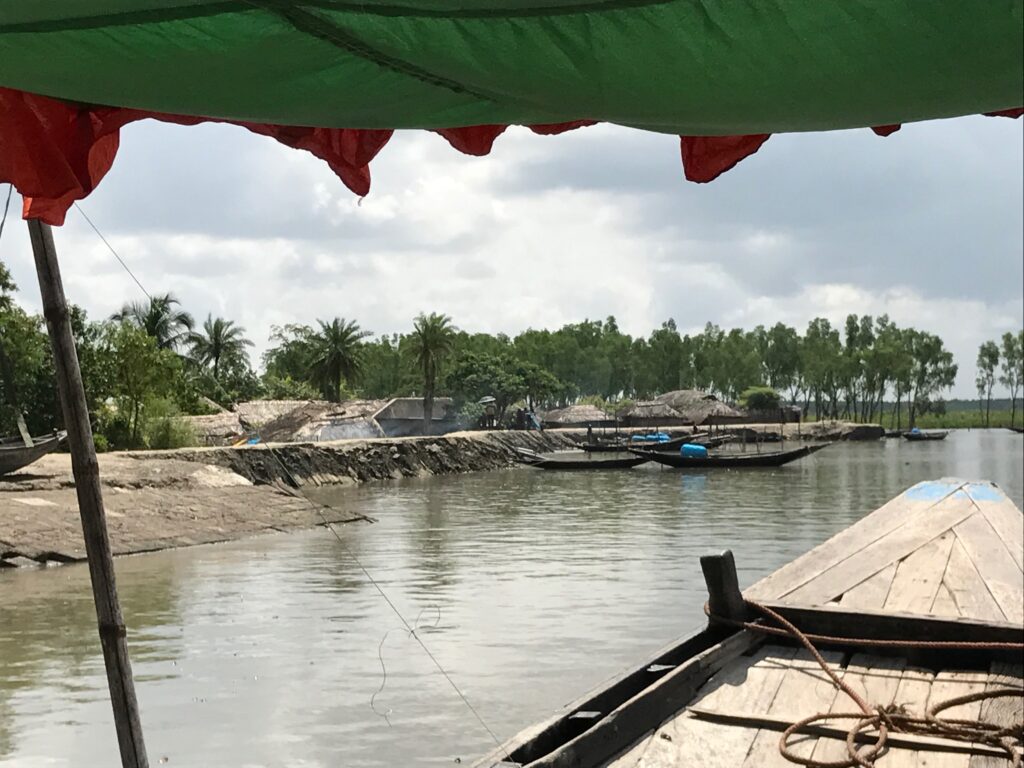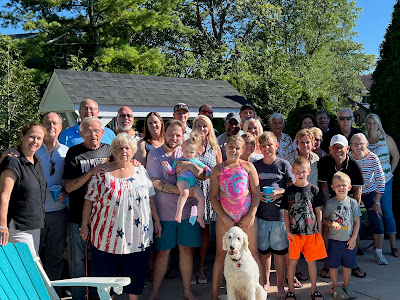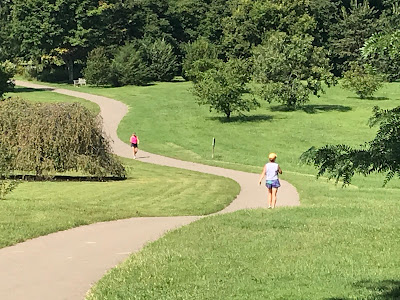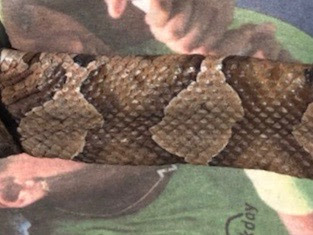Europe For All
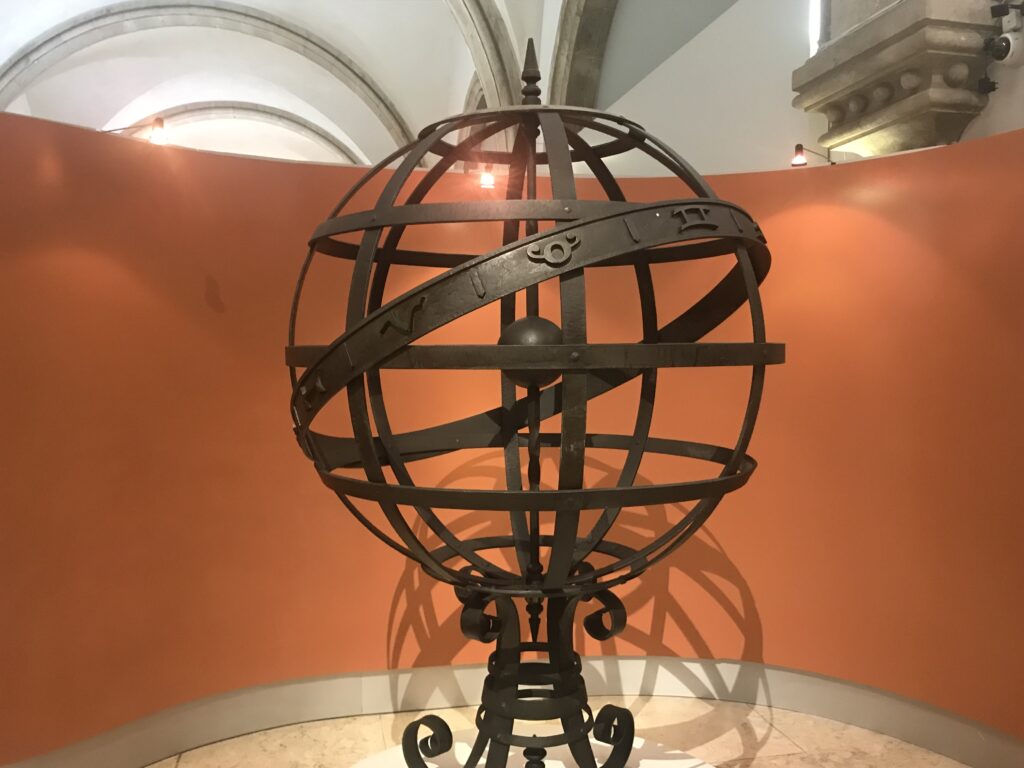
This week saw the passing of Arthur Frommer, whose books changed my life. When I traveled to Europe as a student, it was with a wave of other budget-minded travelers whose bibles (and mine) were Frommer’s famous series that began as Europe on $5 a Day. Although that became Europe on $10 (and on up to $95) as the years passed, the philosophy remained the same.
You don’t have to stay in fancy hotels to see the Continent, Frommer told Americans. Stay in guesthouses. Grab a baguette for lunch. Forget about the private bathroom. Live like the locals, in other words. “I wanted to scream at people to tell them they could afford to see the world,” Frommer told the Houston Chronicle, as quoted in his Washington Post obituary.
Frommer was a U.S. Army lawyer stationed in Berlin when he wrote and self published The G.I.’s Guide to Traveling in Europe, which was the genesis of Europe on $5 a Day. By the mid ’60s he quit his successful law practice to concentrate on his guidebook empire.
Frommer, along with low-cost carriers like Icelandic and Laker Airways, made it possible for people like me to wander around Europe soaking up art, music and history. He democratized the “Grand Tour.” He convinced the American public that travel wasn’t just for the well-heeled. It was for all of us. You may want to curse him the next time you’re crammed into the middle seat of a fully booked 737. But as I read about his life this week, all I wanted to say was “thank you.”
